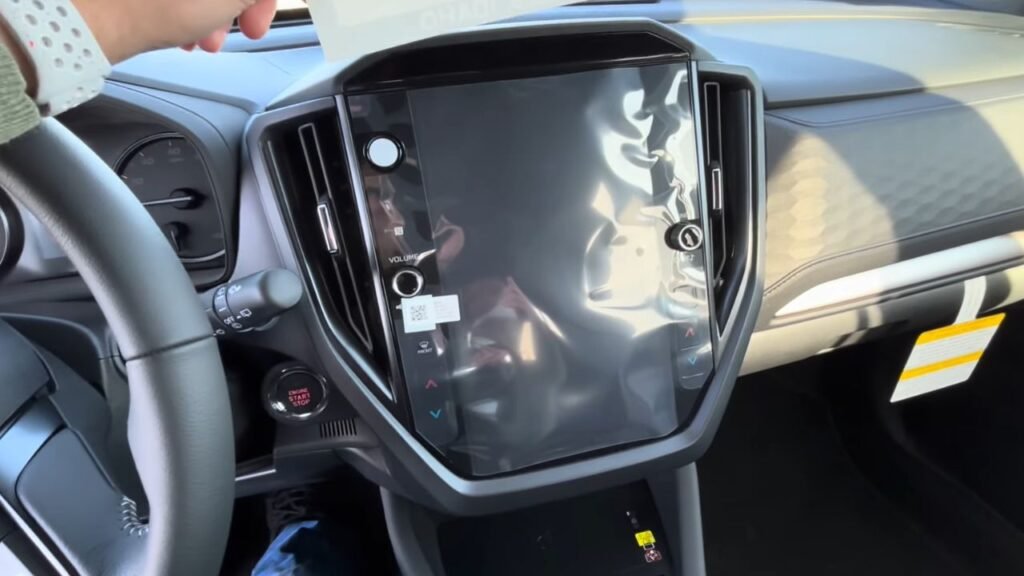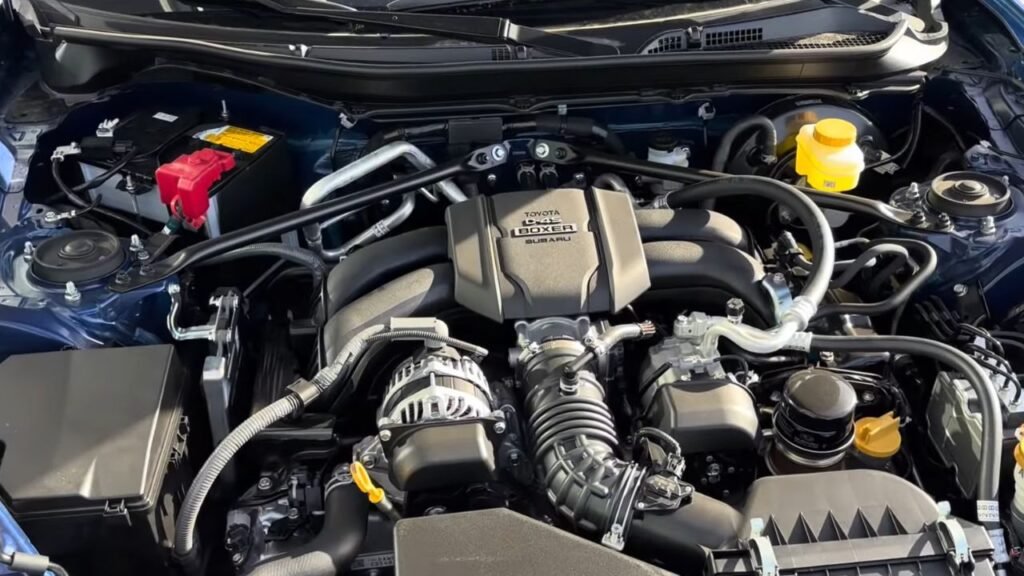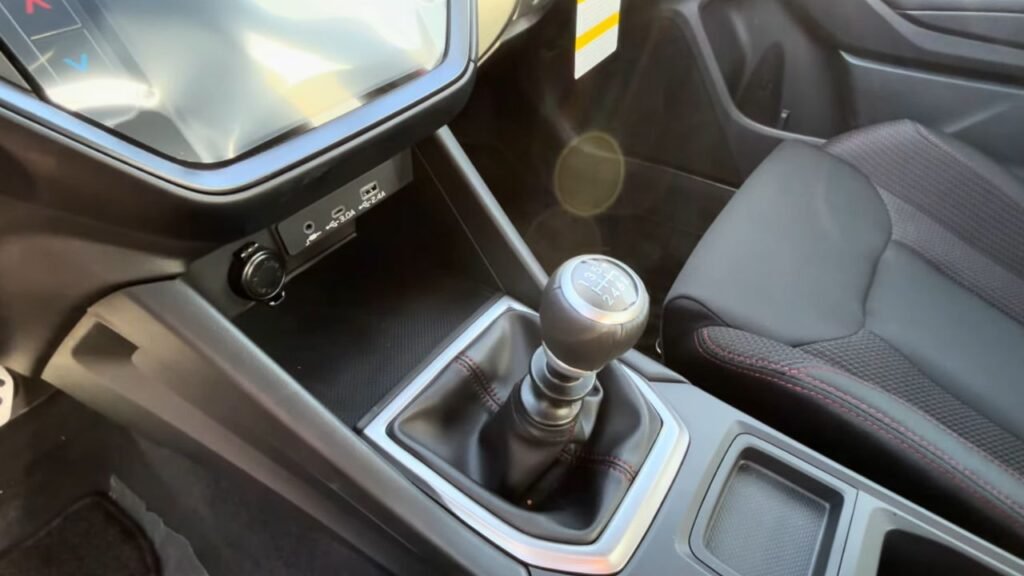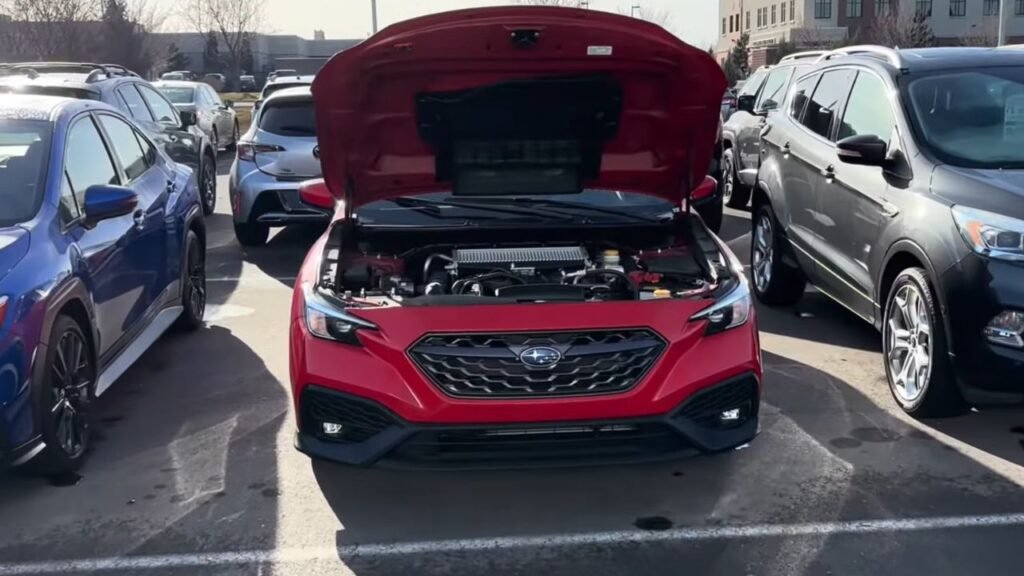If you’re new here, this is Andrew from editorial team, and today I’m visiting Twin Falls Subaru to discuss why Subaru has earned the title of the most reliable brand, at least according to Consumer Reports heading into the 2025 model year.
As someone who has personally owned three brand-new Subarus over the past five years, accumulating roughly 100,000 miles, I can attest to their reliability.
My Personal Subaru Experience




As someone who’s owned a 2.0L Crosstrek, a 2.5L Forester, and a 2.4L Turbo Outback, I’ve had firsthand experience with Subaru’s reliability.
Across these vehicles, I’ve encountered zero major issues. Routine maintenance like oil changes? Done easily at home. No leaks, no oil burning, and no problematic electronics. The only hiccup? A wireless charger failure in my Outback, but that was a third-party add-on—not Subaru’s fault.
In a world where personal anecdotes don’t always carry weight, my trouble-free Subaru ownership journey speaks volumes about the brand’s dependability.
Subaru’s Engine Lineup: Built to Last
Subaru offers four main engine types, all part of their innovative Global Platform. This design ensures consistency across models, making them easy to maintain and incredibly reliable.
Here’s a quick look at the lineup:
- 2.0L Engine: Found in models like the Impreza, this engine is being phased out but remains a testament to simplicity and efficiency.
- 2.5L Boxer Engine: Delivering 182 horsepower, it powers models like the Crosstrek Wilderness, which comes with extra features like a transmission cooler for rugged use.
- 2.4L Turbo Engine: Available in the WRX, this engine combines power and reliability with Subaru’s hallmark boxer design.
- 2.4L Naturally Aspirated Engine: A high-revving option seen in the BRZ, perfect for sports car enthusiasts.
Subaru’s engines share a common architecture, making them simple to work on and durable over time.
Transmissions: A Reliable Backbone
Subaru excels in both manual and automatic transmissions:
- Manual Transmissions: The six-speed manual, available in models like the WRX, is a straightforward design with fewer moving parts, making it inherently reliable and easier to maintain.
- Automatic Transmissions (CVTs): Subaru’s CVTs are chain-driven, not belt-driven, offering enhanced durability. Most models feature either the TR580 (non-turbo engines) or TR690 (turbocharged engines).
While CVTs often raise concerns in the industry, Subaru’s in-house designs have proven robust, with fewer reported issues than many competitors.
Designed for Easy Maintenance
One of Subaru’s most underrated qualities is how easy their vehicles are to maintain. Key features include:
- Top-Mount Oil Filters: A rarity in unibody vehicles, simplifying oil changes.
- Accessible Engine Components: From the alternator to the turbocharger, everything is strategically placed for quick access.
- Interchangeable Parts: Many components across models share similar designs, reducing complexity and cost.
Even for the less mechanically inclined, maintaining a Subaru is straightforward, saving time and money.
Overcoming Past Challenges
Subaru’s commitment to refinement has erased the reliability issues of the past. Remember the infamous head gasket problems? Those are a thing of the past. With Toyota owning a 20% stake in Subaru, the brand has only grown stronger, as seen in collaborative projects like the BRZ.
Unlike automakers that frequently overhaul their powertrains, Subaru focuses on perfecting their existing designs. The result? Engines and transmissions that are both reliable and familiar.
Practical and Affordable
Subaru offers vehicles that blend value, functionality, and timeless design:
- Pricing: Most Subaru models fall between $25,000 and $40,000, with larger SUVs reaching the mid-to-upper $40,000s for fully loaded trims. This pricing keeps Subaru competitive and accessible.
- Interior Design: The clean, practical interiors age well, ensuring they won’t feel outdated after just a few years. Features like the 11.6-inch infotainment system and thoughtful storage options enhance usability without overcomplicating things.
Subaru’s approach prioritizes simplicity and affordability—qualities increasingly rare in the automotive market.
Consumer Reports
Subaru’s recognition as the most reliable brand by Consumer Reports is no accident. The combination of well-refined powertrains, practical designs, and competitive pricing sets Subaru apart.
While competitors like Toyota have moved toward more complex hybrid systems and turbocharged engines, Subaru has remained focused on perfecting what works.
Final Thoughts
Subaru offers a compelling package: reliable powertrains, easy maintenance, and affordable pricing. Whether you’re exploring rugged trails in a Crosstrek Wilderness or enjoying a daily commute in a Forester, Subaru vehicles deliver consistent quality and performance.
If you’re in the market for a reliable car that won’t break the bank, Subaru should be at the top of your list. Share your thoughts below—whether you agree or disagree—and let’s keep the conversation going.


